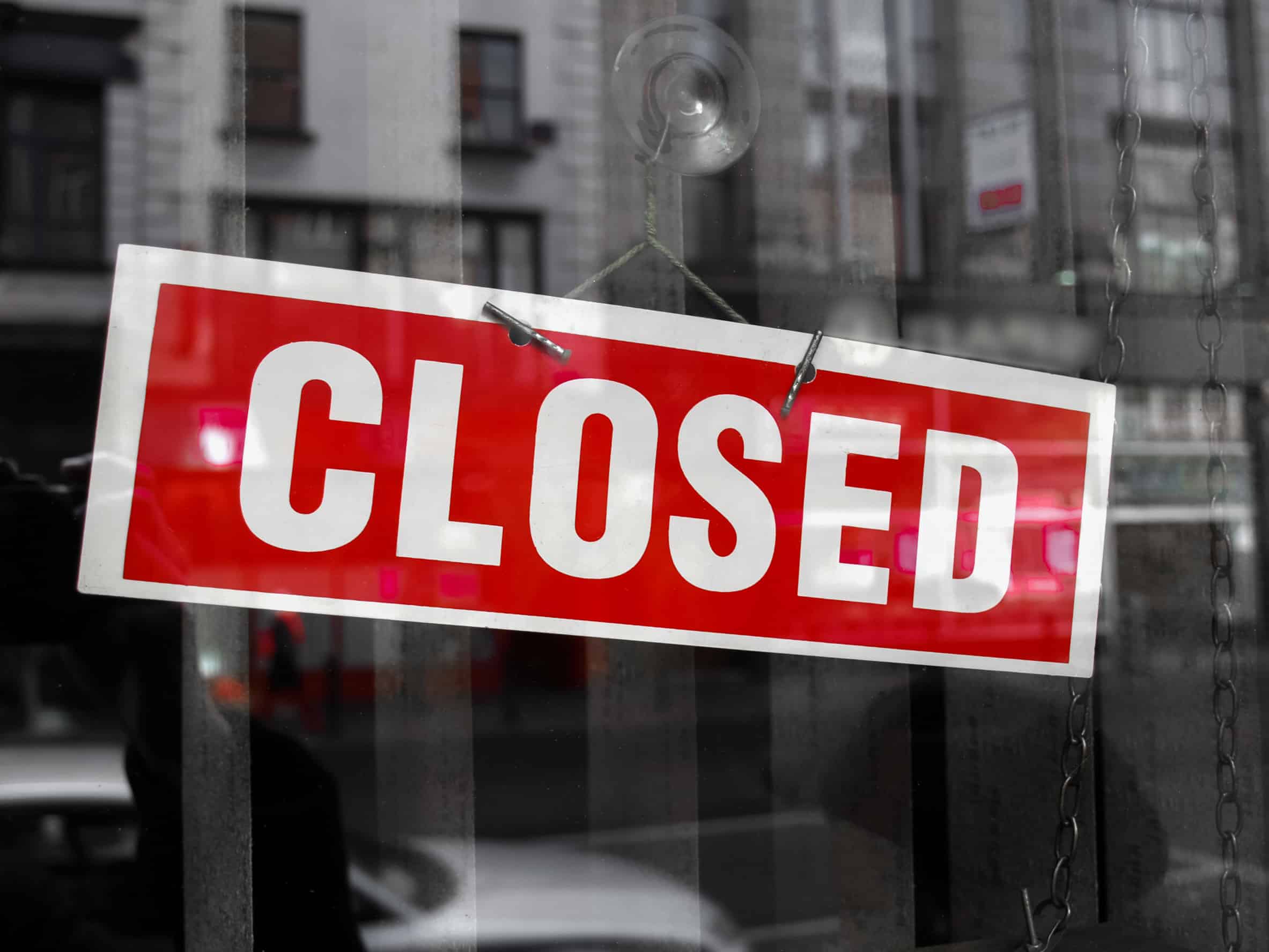As COVID-19 descended, predictions about college closures rose.
NYU Professor Scott Galloway’s comments—and projections—were perhaps most notable.
But, as Washington Post reporter Nick Anderson shared recently on an episode of our Future U podcast, predictions of college closures have yet to result in a sudden, mass extinction—and, at least to this point, that remains true in the wake of COVID-19 as well.
What’s more, Moody’s Investors Service raised recently its outlook for the higher education sector. But as author, and my podcast cohost, Jeff Selingo noted, there was good news and bad news in the report.
The good news was that schools were able to maintain their cash positions by making significant cuts. The bad news was that smaller private universities continue to see their net tuition per student decline.
So for someone like me who has made strong predictions about looming college failures (at least 25% over two decades), what are we to make of the data so far? I have four reflections.
First, I’ve never believed the question is squarely around college closures—which I’ve written consistently. The question to me has been colleges consolidating plus institutions declaring financial exigency, which is accredited higher education’s version of bankruptcy.
And we are seeing more moves toward consolidation.
Small schools continue to show signs of closing in New England, for example. Witness Becker College in Worchester, Mass.
More notably, there are signs of significant mergers. The Pennsylvania State System of Higher Education (PASSHE) is attempting to consolidate six of its schools into two right now. There are 14 universities in PASSHE, which means this would be a consolidation by roughly 29% in the system were it to occur. There’s significant political pushback on the ground, but the proposed plan is smart, thoughtful, and fundamentally grounded in reality.
Consolidation isn’t just afoot in Pennsylvania. To highlight some of the other activities, there is a significant merger of the public university and community college system in New Hampshire likely to occur. Vermont has been debating a similar consolidation effort. Maine is moving a dramatic consolidation forward. Connecticut is still looking at consolidating its community college system. Georgia has done several consolidations.
That could amount to a lot of consolidation in a relatively short time period in higher education years.
This leads to the second point. Several commentators have made the argument that they doubt there will be a massive and rapid extinction of colleges. But outside of the predictions around the impact of COVID-19 that some have made, that statement presupposes that I—or many others—think this failure rate will occur in a quick couple-year time span.
It won’t. But that doesn’t mean that there won’t be a dramatic failure rate of existing schools over a long time horizon.
As I’ve written, Moody’s predicted in 2015 that that closure rate—out of 2,300 institutions—would triple by 2017, and the merger rate would double. Assuming that were true and that the rate held steady for 15 years, that would result in a reduction of 13% of existing higher education institutions.
Given the significant financial, demographic, and disruptive headwinds coming, however, and that Moody’s only covers a select number of institutions, there are reasons to think that its closure and merger projection may be conservative, especially once 2026 hits and there is a demographic cliff that results in fewer high school graduates in specific regions. The pandemic may have slightly accelerated this trend.
Third, it’s a bit hard to tell exactly the impact of the pandemic to this point because there has been a significant influx of federal dollars into higher education that Selingo and others believe may be propping up certain institutions. There’s an open question of what will happen when some of those dollars are spent.
Finally, to those who suggest this isn’t going to happen, they could be absolutely right. As Clay Christensen and I wrote, none of this is preordained. Colleges and universities can innovate.
They can learn to serve adult learners, for example. There are roughly 88 million adults who need more education and upskilling to be prepared for the jobs of tomorrow, so there is a lot of opportunity.
But it’s also fair to say that, as the Moody’s report shows, colleges have cut far more dramatically than I, and several other onlookers, expected they could—and in ways that, in some cases, have allowed them to avoid declaring financial exigency.
How? In some cases by slashing whole departments, for example, which allowed them to cut tenured faculty that I had assumed were essentially a fixed cost on their balance sheets. This suggests that, in the face of imminent danger, universities may prove to be more nimble than I and others have expected.
But I wouldn’t bank on that being the end of this story. A story that we’ll have to assess over a generation, not a few intervening years.



